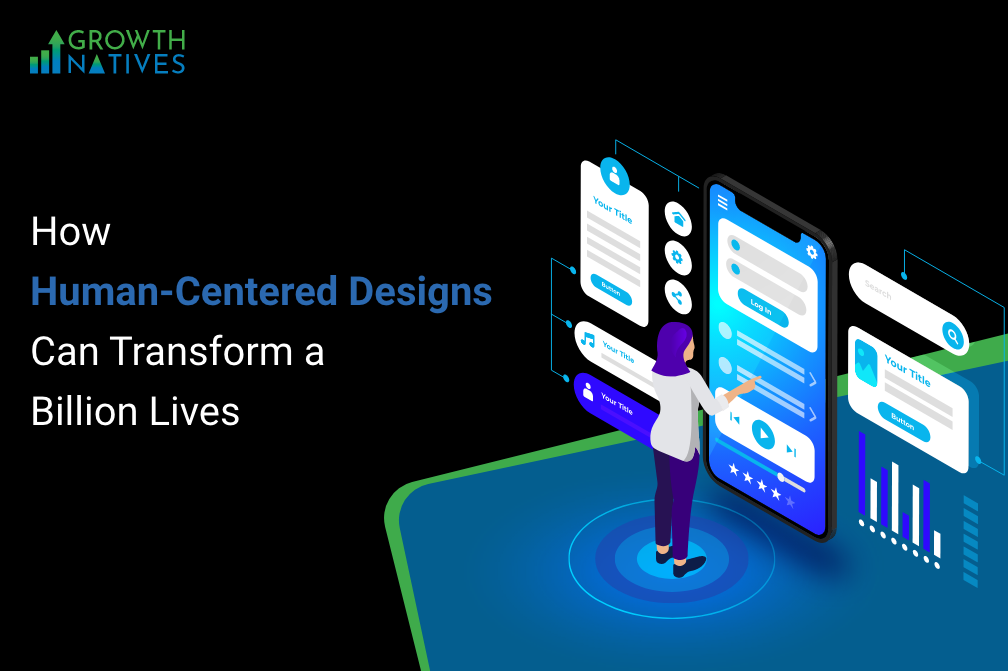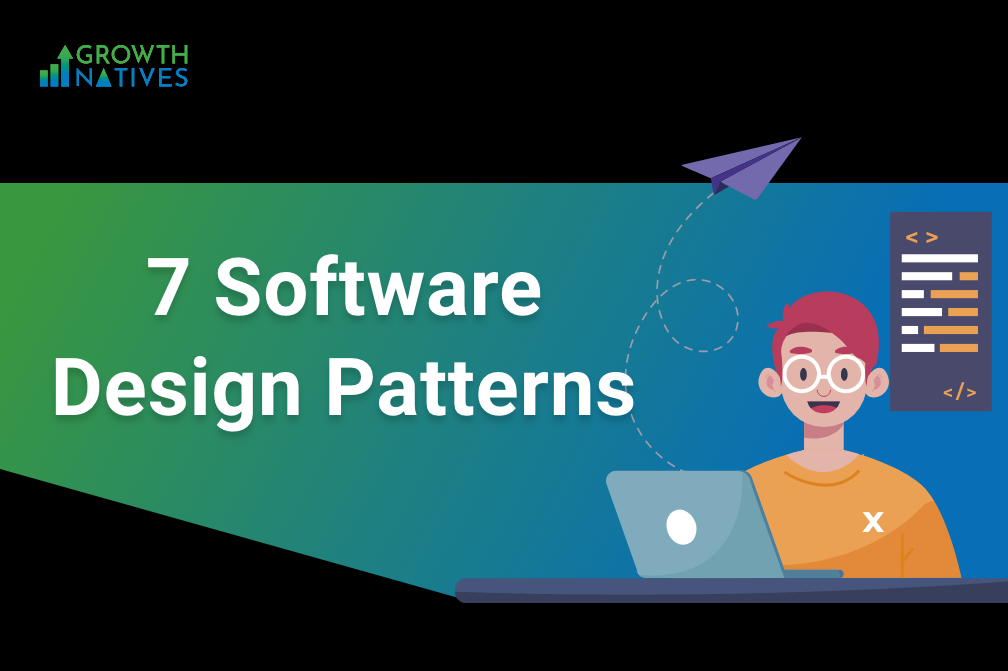Top 7 UI & UX Design Trends for 2021

Table of Contents
The year 2020 swept away the world in the Covid-19 storm and without exception, every industry and business was affected by it in one way or another. Today, with the world economy slowly coming back to life, the UI and UX industry and UI design trends have also seen a slight change in focus.
With the evolution in consumer attitudes, behaviors, and purchase habits after the pandemic, the shift toward connection, personalization, and learning is visible more than ever.
Going beyond concepts that focus purely on visual aspects, UI design trends in 2021 prioritize speed, interactivity, and mobile-first approach.
Without further ado, let’s take a look at the seven most defining elements:
1. Impressive Illustrations
Illustrations come in many forms—digital, hand-drawn, 2D or 3D, free forms, and unaligned. They have a key role in helping platforms stand out from the rest, creating an inviting environment that provides an attractive experience to users.
Besides, there’s also the motion design that not only captures the attention of the audience but also reflects what the brand has to offer. An impressively made illustration can give web or mobile apps, a unique personality and a lasting place in the minds of the users.
An attractive animation can make the users curious, enticing them to scroll further and see what happens next.
Just make sure what you’re using is synonymous with what you’re representing. So if you want to up your UI game, make sure to change keeping the conversation rates in mind.
Sometimes a neat-looking, minimalistic 3D illustration can add wonders to the user experience you deliver!
2. Storytelling with Panache
Storytelling is all about telling great stories to gain the interest of your audience. While typography itself is an apt tool for building a strong visual hierarchy, it is also a crucial element of the UI, playing an important role in delivering a compelling user experience.
Going beyond style, you also need great copywriting to back up with the narrative that engages your audience with your brand and makes them a part of the story. This will eventually allow the viewers to get a closer look at your brand message.
3. Artificial Intelligence
AI integrations have become a norm in UI designing. While we are not considering replacing the designers, but acknowledging the data-collecting capability of AI-powered solutions that allow us to develop personalized products for the customers.
A good example is the use of AI to generate artificial human photographs in Generated Photos. It allows us to create artificial identities on-demand without any copyright issues or infringement claims.
Even Google has integrated AI-driven Smart Reply and Smart Compose in Gmail that has been a huge time saver with well-distinguished response suggestions.
AI allows products to learn more about user behavior and deliver better personalized user experiences. This results in a higher conversion rate and customer satisfaction.
4. Augmented reality
2021 is the year of thinking outside the box. Going beyond the UI that remains restricted to screens, imagine interactions that feel like they take place in the real world.
Tech stalwarts like Apple and Google have invested millions in developing their AR development platforms—ARCore and AEKit. Both platforms seamlessly blend the physical and digital worlds allowing developers to deliver enthralling user experiences.
UI designers can use the following different approaches to integrate AR:
- Real-world objects with tethered interaction
- Fixed to screen space
- Real-world related, surrounding the physical world
5. Virtual meetings
The year 2020 saw businesses across the globe quickly adopting the virtual communication channel with the ongoing Covid-19 situation.
Exploring this area from the design perspective includes revamping a complicated communication product with a cleaner and lighter design to help those who are using slow or limited internet access.
For instance, as many people will continue to work from home this year, it would make perfect sense to re-think features that can make video conferences smoother. Software solution providers like RingCentral have already developed a Slack integration that can be used to make direct calls from the business communication platform.
6. Usability
Usability has become one of the most popular UI design trends recently since Google announced the introduction of three new user experience metrics in 2021—measuring a website’s loading speed, interactivity, and visual stability. These metrics are collectively called Core Web Vitals.
Usability is also one of the main reasons for shifting the UI design focus from an attractive visual appearance to a more intuitive and user-friendly design. It has given the privilege to designers to show how a brand is unique and how it stands out from the rest.
To identify usability flaws in your product and enhance its performance, you can do a little usability testing to understand the needs and motivations of your actual users.
Designers need to implement new designs with accessibility in mind and be responsive to the use of UI elements that blend attractiveness with utility.
7. Glassmorphism
Glassmorphism goes a long way back to Windows Vista with the frosted glass effect on the taskbar and other Start Menu items.

The style is back and is getting immense popularity, with the following most defining characteristics:
- Transparency
- Multi-layered approach
- Vivid colors
- Subtle and light border on translucent objects
With the ability to see through the elements, users can create a hierarchy and depth of the interface, enabling them to easily differentiate between the layers.
Some Additional UI Design Trends
Apart from the seven UI design trends, we have already mentioned, here are some additional trends to enhance your web and mobile UI.
- Soft Gradients
The era of flashy and bright gradients is gone as designers have already transitioned into using low-key gradients with subtle designs. The newer designs use soft gradients to give the image volume and depth, while only using sensible colors.
- Emoji Designs
Emojis help you convey more by saying less. The same goes for UI design, where adding emojis reflect the emotional component of the design, and makes the user experience more engaging and enjoyable. Interestingly, this trend is not only present in social applications but also in serious business apps like finance, banking, and e-commerce.
- Micro-interactions
To make your designs more delightful, you can add micro-interactions to the visual elements as well as with the user’s action triggers. This will add value from an ROI perspective and help generate positive word-of-mouth for the brand.
Wrapping Up
Organizations that use the latest UI trends get the benefit of making their websites and products more delightful and streamlined to the users. This boosts customer experience and increases conversions.
Importantly, there is a sensitive balance between being trendy and delivering an enthralling customer experience. This is where smart research and testing sets apart the winners.
With Growth Natives, you get a smart team of designers, developers, and analysts, who strive to create friendly, intuitive, and delightful experiences.
And our proprietary innovative and investigative methods help you create a personalized product for your customers—understanding their habits, needs, interests, and challenges. Connect us now through our website or email at info@growthnatives.com.
Author Box
Sakshi Arora
Sakshi Arora is a seasoned content writer and editor with extensive experience across various industries including B2C, B2B, travel, e-commerce, and IT. In her free time, she enjoys expressing her creative side through painting and writing poetry. She also finds solace in nature and has a deep spiritual connection. Music brings her immense joy.




